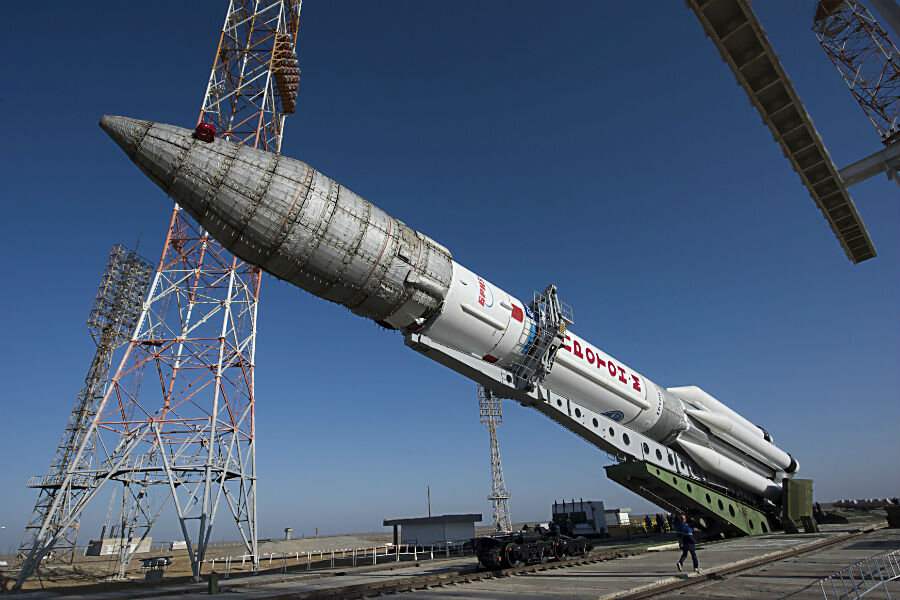Why Europe and Russia join forces in mission to Mars
Loading...
Russia and the European Space Agency (ESA) are to launch their joint ExoMars mission to the Red Planet Monday, lifting off from Baikonur Cosmodrome in Kazakhstan.
The goal of the endeavor is two-fold: to make a detailed analysis of Mars’s atmospheric gases, focusing particularly on methane, which could be indicative of life; and to release a test lander, paving the way for another mission a couple of years later.
Success would represent a milestone for both partners, the ESA having made it into Martian orbit only once, in 2003, and the Russians never having done so, despite more than a dozen failed attempts.
“It's incredibly exciting. This is a series of missions that's trying to address one of the fundamental questions in science: is there life anywhere else besides the Earth?” said planetary scientist Peter Grindrod, from Birkbeck University of London, who is funded by the UK Space Agency.
“Finding that life exists elsewhere in the solar system would be a huge discovery, so the evidence has to be strong. As they say, extraordinary claims require extraordinary evidence,” he told The Telegraph.
The first part of the spacecraft, the Trace Gas Orbiter (TGO), will study the gases in Mars’s atmosphere, paying particular attention to traces of methane.
On Earth, about 90 percent of methane comes from organisms, so it is reasonable to suggest that any such gas present on Mars could also be produced by biological processes. But it could also originate from geological systems.
The TGO’s instruments can analyse other gases present alongside any methane it finds, as well as studying the actual ratio of different kinds of carbon isotopes present in methane, both of which could help determine the methane’s origin.
“But even if methane is from life, it doesn’t mean life is there today,” Hakan Svedhem, the ESA’s mission scientist for the TGO, tells Gizmodo. “It could have been stored underground by various processes and is only being released now.”
The other part of this mission is test lander Schiaparelli, which will separate from the main craft three days out from Mars, on Oct. 16, 2016, seeking to land on the planet on Oct. 19.
Once on the ground, its small number of instruments will run a few tests, but the primary purpose is to demonstrate its ability to enter the Martian atmosphere, make the descent and execute a smooth landing.
“This technology development is very important,” ESA's director of science, Alvaro Gimenez, told the BBC. “If you want to be a partner in the future on more missions to Mars, you have to demonstrate your ability to land. If you can't, you are not at the right level. We have to show we can do it ourselves.”
If all goes according to plan, then the second stage of the ExoMars mission will launch two years later, in 2018; although, due to funding issues, it now looks likely to be delayed until 2020, the next time the planets will be in appropriate alignment.
This second stage, whenever it does arrive at Mars, will aim to land another, more comprehensive rover, with the ability to drill down 6.5 feet into the Martian surface - compared to NASA’s current rovers, which can only drill to a depth of two inches.
The hope is that drilling deeper is more likely to uncover signs of life, as the ESA’s website explains: “Underground samples are more likely to include biomarkers, since the tenuous martian atmosphere offers little protection from radiation and photochemistry at the surface.”








